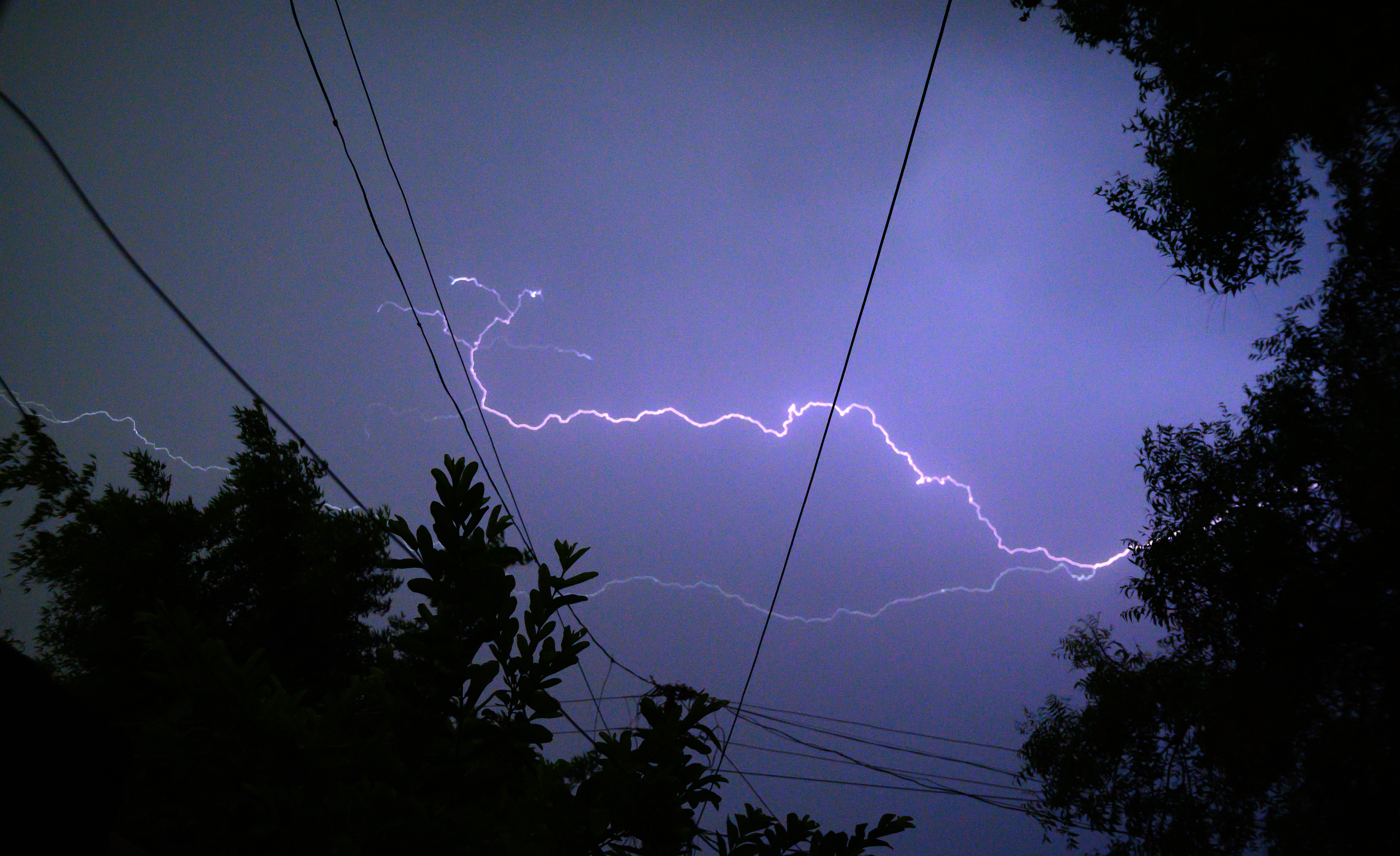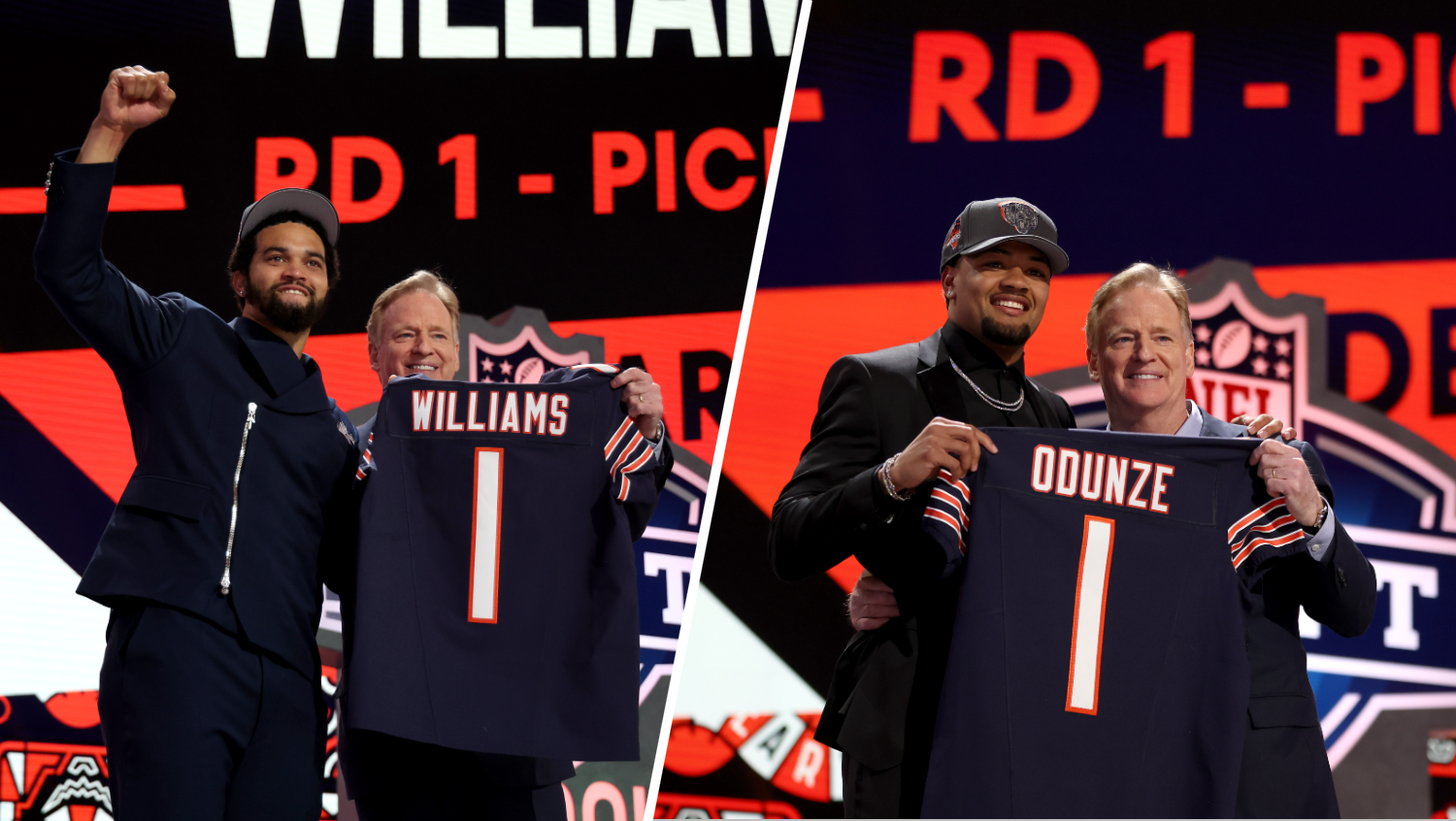A small herd of around two dozen bison could be grazing on restored grassland south of Chicago as soon as this fall now that the Midewin National Tallgrass Prairie has final approval for an experimental project that's been years in the making.
Officials announced Friday they plan to introduce a mix of young and mature animals at the prairie 45 miles southwest of Chicago, where the U.S. Forest Service and other groups have been trying to restore grassland at a site that was for decades a U.S. Army ammunition plant. The 1,200-acre project area could eventually support a little over 100 bison.
The animals are a keystone of prairie ecosystems and their introduction will help with restoration of the site's native grass species, the Forest Service says. That, in turn, will improve habitat for native grassland birds.
The first animals should arrive in the fall, said Greg Peters, a spokesman for the National Forest Foundation, which has helped lead the project.
"We saw an opportunity to return an iconic species back to the native tallgrass prairie where they had existed before," Peters said.
Over the summer, workers will construct pasture fencing, corrals, hiking trails, overlooks and other facilities for an expected increased number of visitors.
Midewin is the first national tallgrass prairie in the U.S and one of the largest prairie restoration efforts east of the Mississippi River. It was established in 1996 on the site of what was once a sprawling military ammunition and explosives plant dating back to World War II. To restore the complex of wetlands that makes up the prairie, workers are dismantling hundreds of old grass-covered military bunkers, ripping up roadways and railroad lines and trying to strip out invasive weeds.
Local
The bison are crucial to the restoration. Bison graze differently than cattle and are better suited for maintaining native plant species on restored prairie.
Organizers want to be sure they get genetically pure animals, rather than bison that have been crossbred with cattle. The largest natural, free-ranging herd is in Yellowstone, but some private ranchers also have genetically pure bison that could be sourced for the project, Peters said.
"We want to make sure that their behaviors and habits are as pure and historical as we can make them," he said.
A small number of bison were also recently introduced to the smaller Nachusa Grasslands, near Dixon in northern Illinois.
Midewin hopes the animals will attract more visitors and volunteers.
"We thought that bringing bison in would really provide a hook for the community to come out and get to know Midewin a little bit," Peters said.



